7 Amazing Solar Energy Facts
Solar energy is one of the most promising sources of renewable power available. It has grown rapidly in recent years and now provides nearly 2% of the world’s electric power. Solar power is considered sustainable because it replenishes itself, and does not release harmful emissions like fossil fuels.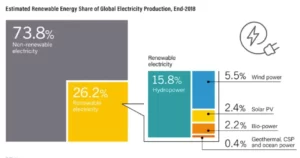
source:REN21
Here are some fun facts that you may not know about solar energy:
1-The earliest solar appliance was a water-heating system.
Copper and lead was the main component of early solar panels. There is some evidence that what we think of as a “solar panel” today was actually a hollowed-out piece of copper used for heating water or producing light.
Water heated up the metal, and the hot water vapor created a reflective mirror.
The excess energy the water discharged would be used to make more water. This system was used by Egyptians for over 2,000 years.
Later, solar panels were made out of tin cans and put to use in Europe. (Other cultures also used solar panels, including ancient Romans.)
They weren’t effective, however, and were often swept into buildings or lost in storms.
The Earth’s rotation is slowed by the sun.
2-The Earth constantly receives enough solar power in one hour to provide humanity’s energy needs for an entire year.
9 percent of the sun’s rays hit the Earth during one hour, so a solar panel planted at one site could provide energy to 10,000 people.
Solar energy is clean, renewable, and safe to use because it is generated in a natural way without the use of toxic chemicals.
Sunlight is much more potent than the sun’s rays. On a sunny day, more than 60 times as much energy is converted to light as all the solar panels in the entire world.
Solar power produces more energy in the long term than nuclear power, coal, or oil combined.
Although the majority of the world’s energy consumption is fossil fuel-based, solar energy has huge potential for renewable use.
source: Fast company
3-The world’s most extensive solar farm
Crescent Dunes Solar Energy Project in Nevada. covers 1 square mile and is bigger than 3,300 soccer fields. It produces 500,000 megawatt-hours of electricity each year.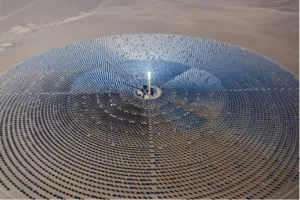
As the first utility-scale solar plant of its kind in the world with built-in storage, Crescent Dunes cost around $1 billion to build. That’s cheaper than a solar PV plant with battery storage. It’s actually also cheaper than building a brand-new coal plant (with modern environmental protection) or a nuclear plant.
Crescent Dunes Solar Energy Project is covered with more than 10,000 mirrors, each the size of a small house, that track the sun throughout the day and focus it on a receiver filled with molten salt.
source: Fast company
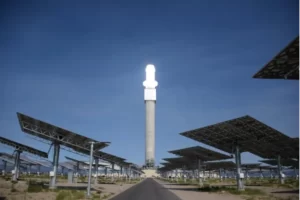
4- If you live in a sunny area with no trees or buildings, your roof can generate around 1,000-kilowatt-hours per year, which is usually enough to offset your electricity bill.
Solar panels, which are made out of silicon and paint are the most common material used to capture solar energy.
They are usually mounted on a rooftop to make electricity and then moved to a utility store.
Worldwide, China accounts for about 20% of all solar installed capacity.
5-Solar is creating the most jobs.
Source: Vox.com
An important aspect of the political economy of renewables: Solar PV creates more jobs. It accounts for the bulk of the world’s renewable energy jobs, despite being a minority of renewable energy capacity. Wind, which leads solar in capacity, creates far fewer jobs. Solar PV is very labor-intensive.
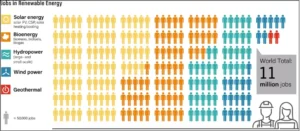
source: REN21
6-The world’s first solar-powered car
No fuel? No Problem!
According to Washington Post, and Aptera Motors, a California company whose name comes from the ancient Greek for “wingless,” is rolling out the first mass-produced solar car this year. It’s a three-wheel, ultra-aerodynamic electric vehicle covered in 34 square feet of solar cells. The car is so efficient that, on a clear day, those cells alone could provide enough energy to drive about 40 miles — more than twice the distance of the average American’s commute.
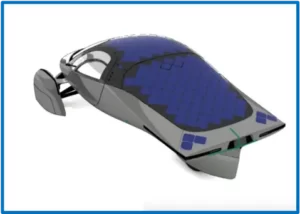
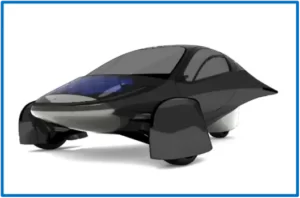
source: Washington Post
7-Solar panel can work at night
According to a paper published by Jeremy Munday, a professor at the Department of Electrical and Computer Engineering at UC Davis, and a colleague.
The researchers have designed a new solar cell that can generate up to 50 watts of power per square meter at night under certain conditions. That is about a quarter of a normal solar panel’s output during the day.
The new device, dubbed an anti-solar cell, harvests this radiation to convert it into electricity the same way a conventional solar cell absorbs solar radiation.
Source : sustainability-times.





